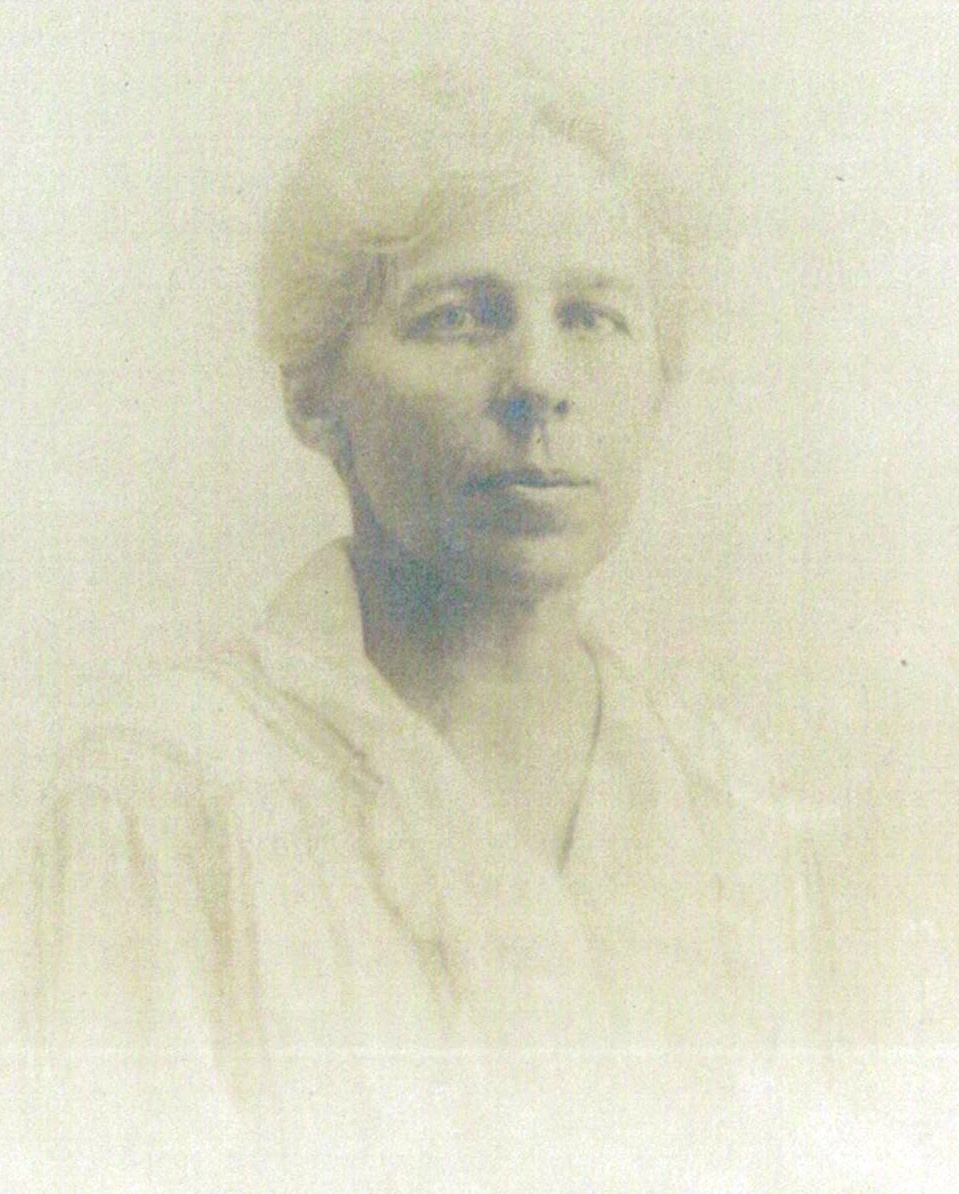By Elaine Grublin
Fifty years ago Thomas Fleming published Now We Are Enemies: The Story of Bunker Hill. As the anniversary of that pivotal Revolutionary War event approaches, and more importantly in celebration of the fifty years since the book was first published, Fleming has issued an anniversary edition of the title hoping to reach a new generation of Americans with the inspiring and complex tale of the Battle of Bunker Hill.
On Tuesday, June 15, Thomas Fleming gave a lunch-hour talk at the MHS taking the audience through his experience of writing the book. It seems the project began while he was on a trip to Boston to research an article. Fleming was traveling with his family and his son looked at a portrait of Joseph Warren and asked Fleming who he was. In searching for the answer to that question, Fleming discovered his next book. And in the process of writing it came to understand that Bunker Hill was not just any other battle. It was not a simple matter of the good guys vs the bad guys, or the amateur (American) vs the professional (British) soldiers. On that battlefield men who had fought together during the French and Indian War now  stood on opposite lines; men that had lived and worked side by side, that had called each other friend, were now facing each other in battle.
stood on opposite lines; men that had lived and worked side by side, that had called each other friend, were now facing each other in battle.
Over the course of his talk Fleming highlighted the roll of the American heroes of the day, including Joseph Warren, Israel Putnam, John Stark, William Prescott, Andrew McClary, and Peter Salem (one of the free blacks fighting in Prescott’s regiment). Using passages from participants own letters and diaries Fleming brought the battle and the people involved in it back to life for those sitting in audience.
For information about upcoming events at the MHS be sure to check our events calendar.


